30+ Rhyme Examples to Download
Rhyme is a fundamental element of poetry, songwriting, and even everyday language. It adds rhythm, beauty, and a sense of structure to the written and spoken word. This article will delve into the world of rhyme, providing examples, a step-by-step guide on how to write a rhyme, and answers to frequently asked questions.
1. Free Verse Rhyme Example
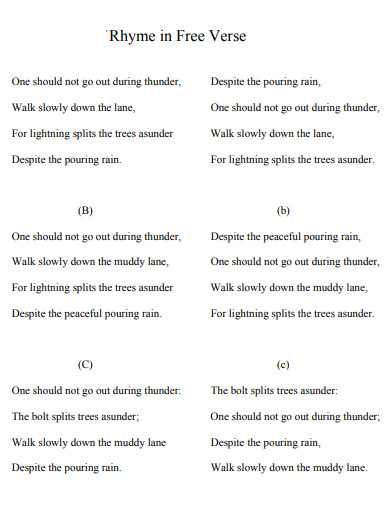
uni-hildesheim.de
2. Teacher Rhyme Example
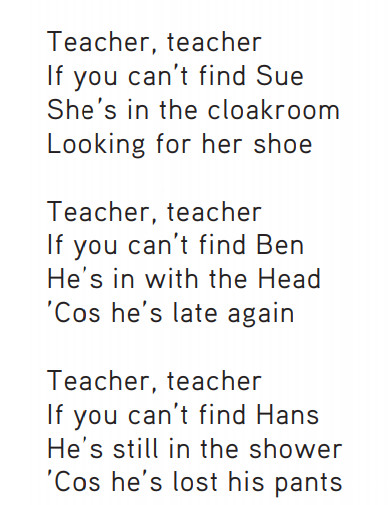
resources.poetrysociety.org.uk
3. How to Rhyme Example
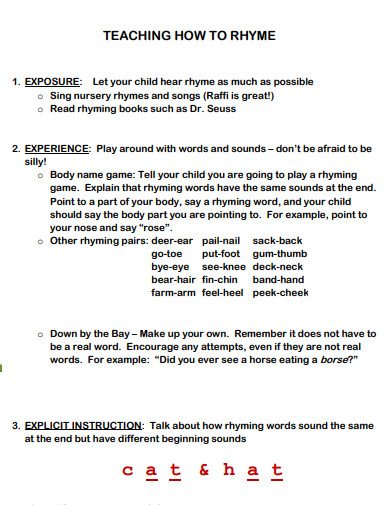
seslp.org
4. Rhyme And Rhythm Example
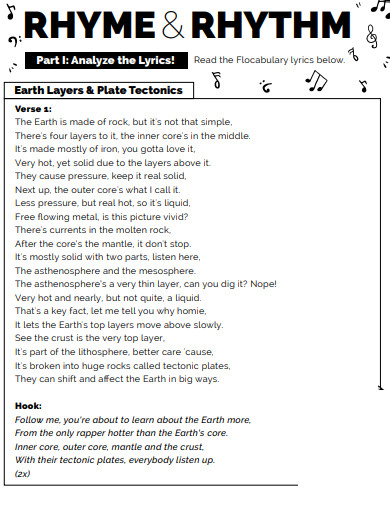
halifax.k12.nc.us
5. Rhyme Families Chart Example
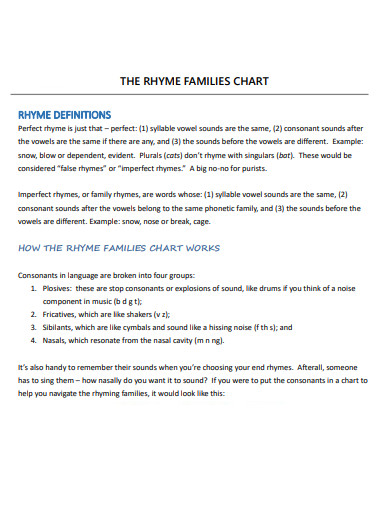
songchops.com
6. Nursery Rhyme Example

pewaukeelibrary.org
7. Rhyme Information for Parents Example
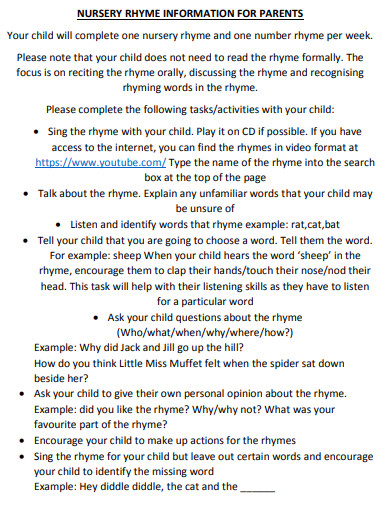
castletownkpns.ie
8. English Rhyme Example
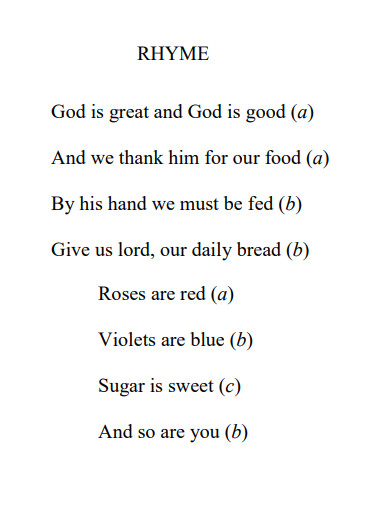
digital.library.txstate.edu
9. Poetic Rhyme Example
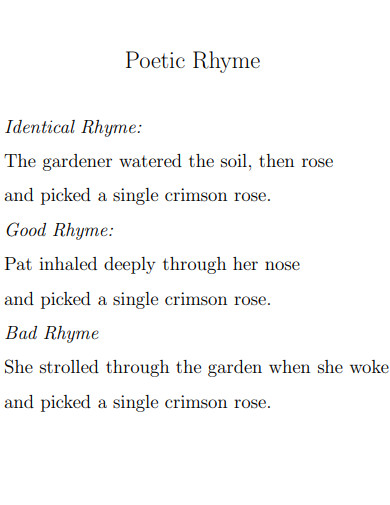
semanticsarchive.net
10. Rhyme Game Example
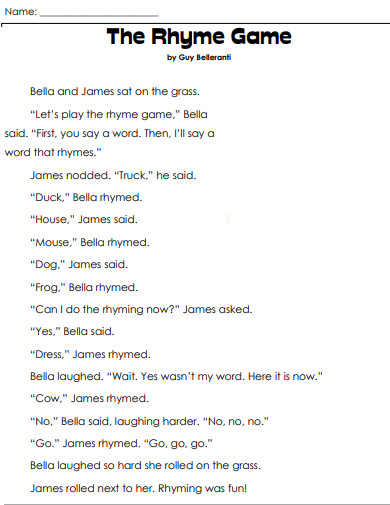
superteacherworksheets.com
11. Toddler Rhyme Example
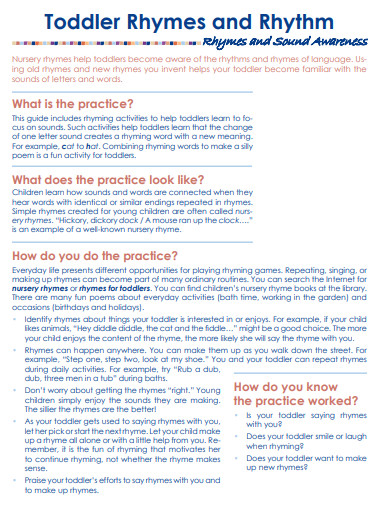
earlyliteracylearning.org
12. Sample Rhyme Example
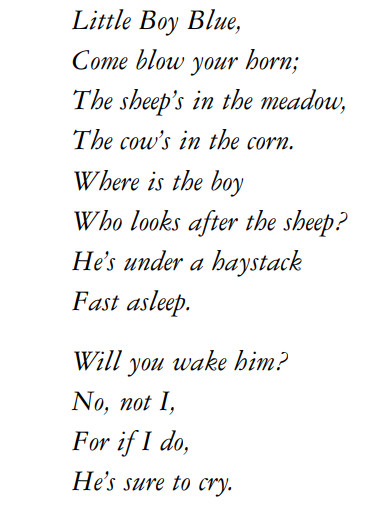
parkridgeschools.org
13. Rhyme Story Assessment Example
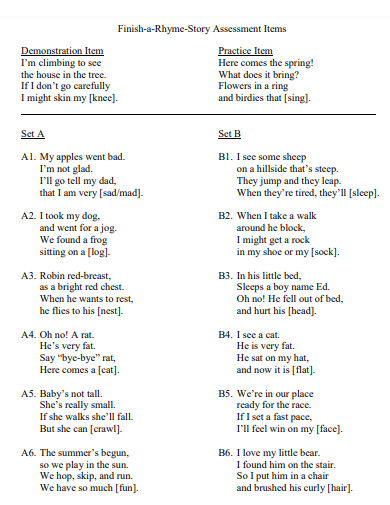
scholarsarchive.byu.edu
14. Rhyme Pattern Example
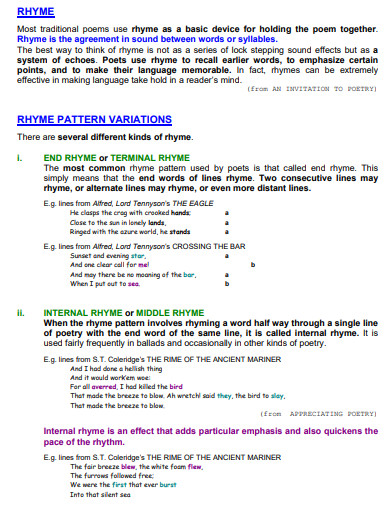
loske.org
15. Rhyme Structure Example
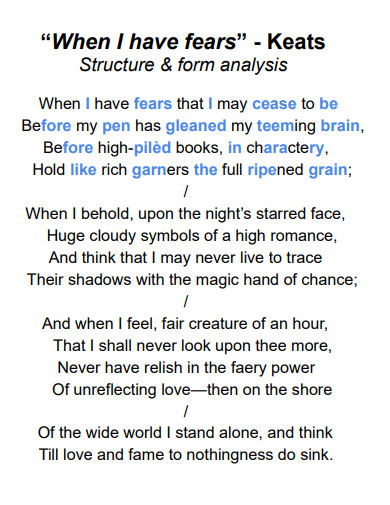
pmt.physicsandmathstutor.com
16. Rhyme Scheme Example
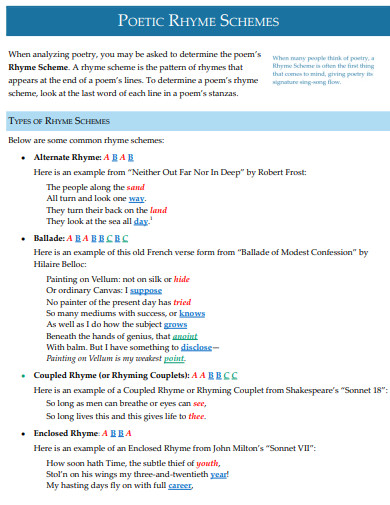
regent.edu
17. Rhyme Notes Example

hoddereducation.co.uk
18. End Rhyme Example
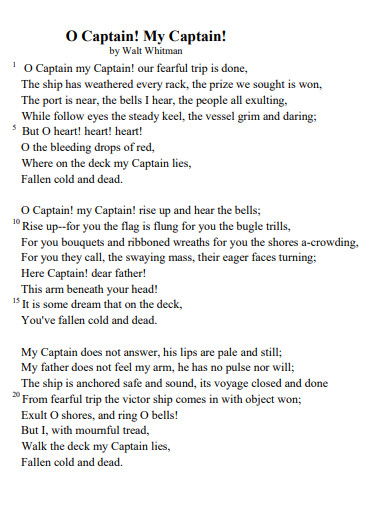
sd27j.org
19. Rhyme Definition Example
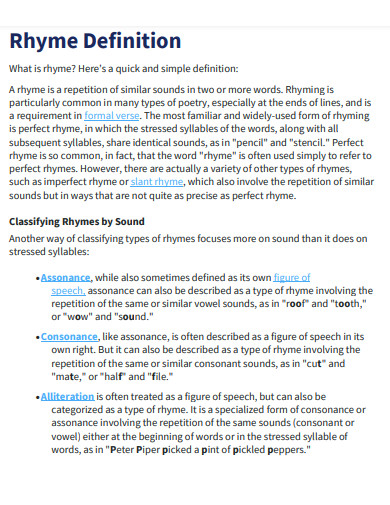
uomustansiriyah.edu.iq
20. Simple Rhyme Example

healthunit.org
21. Draft Rhyme Example
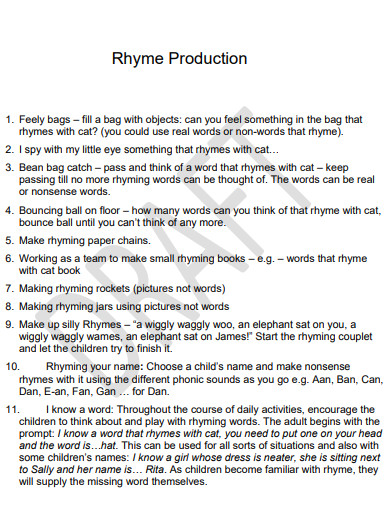
highlandliteracy.files.wordpress.com
22. Ballad Rhyme Example

litforlife.com
23. General Rhyme Example
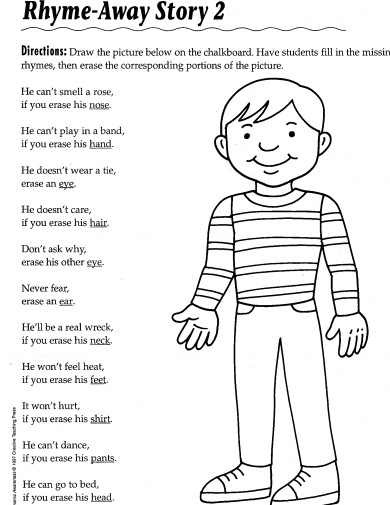
reyn.org
24. Work and Play Rhyme Example
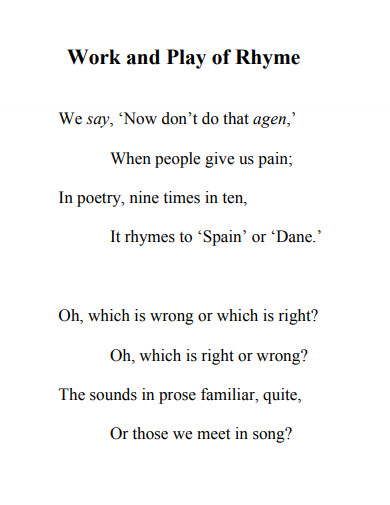
deepblue.lib.umich.edu
25. Rhyme Poem Example
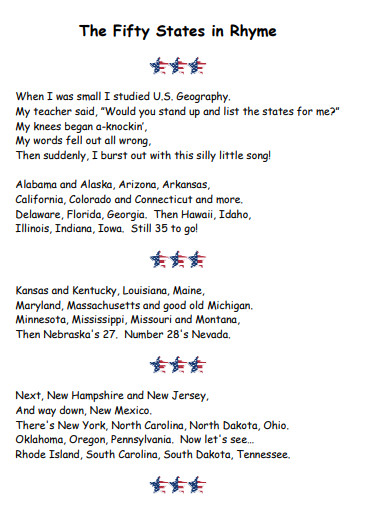
readington.k12.nj.us
26. Rhyme Completion Statement Example
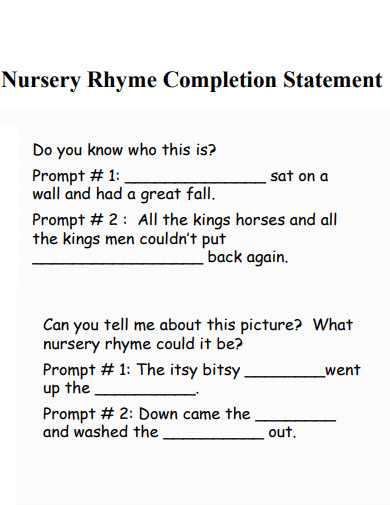
jolle.coe.uga.edu
27. Blank Rhyme Example
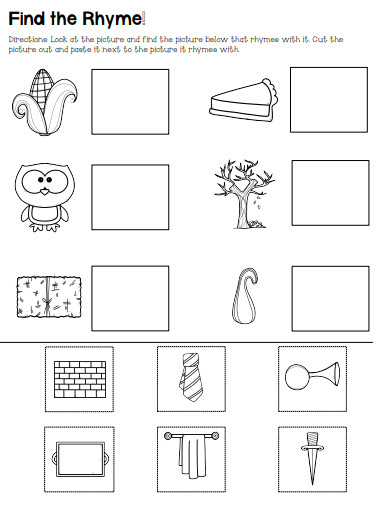
abcdeelearning.com
28. Rhyme Layout Example
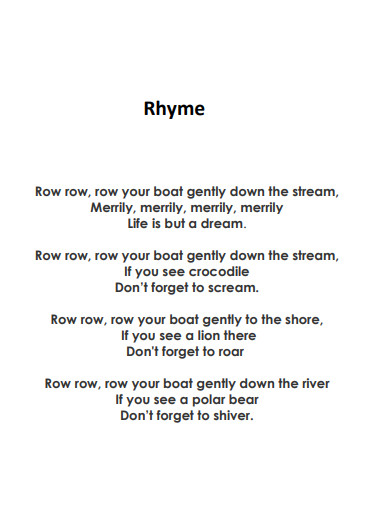
peterpannurseryschool.co.uk
29. Rhyme Worksheet Example
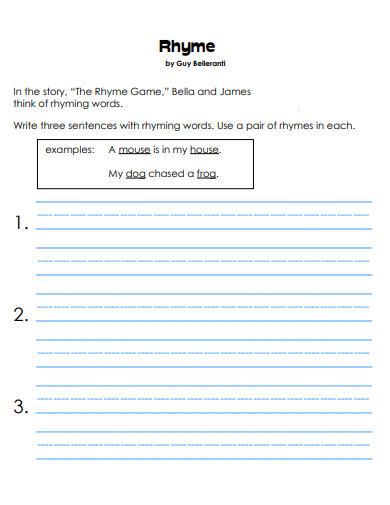
superteacherworksheets.com
30. Free Rhyme Example
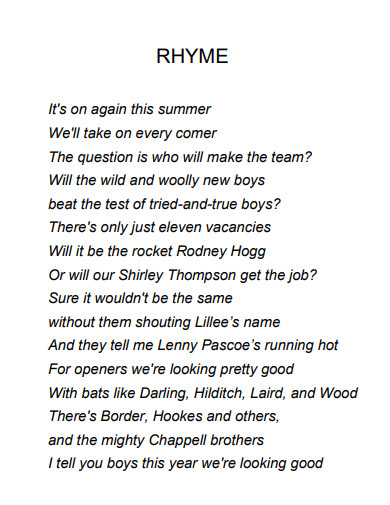
vuir.vu.edu.au
31. Professional Rhyme Example
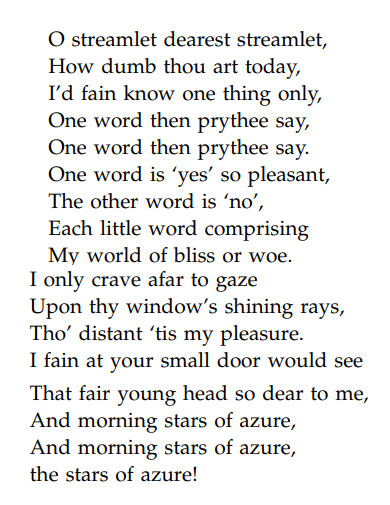
opencourses.ionio.gr
What is a Rhyme?
How to Write a Rhyme
Before we delve into the steps, it’s important to note that writing a rhyme requires creativity, a good understanding of language, and a keen ear for sound patterns. Here’s a simple guide to help you get started:
Step 1: Choose Your Subject
The first step in writing a rhyme is to choose your subject. This could be anything from a personal experience, an observation, or an emotion. For instance, if you’re writing a verse poem, your subject could be a particular event or person.
Step 2: Decide on a Rhyme Scheme
A rhyme scheme is the pattern of rhymes at the end of each line of a poem or song. Common rhyme schemes include AABB, ABAB, ABBA, and ABCB. For example, in a sonnet, the rhyme scheme is often ABAB CDCD EFEF GG.
Step 3: Write Your First Stanza
A stanza is a group of lines forming the basic recurring metrical unit in a poem. Start by writing your first stanza, keeping in mind your chosen rhyme scheme. For instance, if you’re writing a concrete poem, the visual arrangement of your stanza can also contribute to the overall meaning.
Step 4: Use Literary Devices
Incorporate literary devices such as consonance, which is the repetition of consonant sounds, and repetition, which is the repeating of words or phrases for emphasis. These devices can enhance the rhythm and musicality of your rhyme.
FAQs
1. What is the difference between a poem and a verse?
A poem is a complete piece of writing that expresses emotions, ideas, or a story in a stylized manner. A verse, on the other hand, is a single line of a poem or a group of lines that form a section of a poem.
2. What is an acrostic poem?
An acrostic poem is a type of poetry where the first, last, or other letters in a line spell out a particular word or phrase. The most common is where the first letters of each line spell out the word or phrase.
3. How does a haiku poem utilize rhyme?
Traditionally, a haiku poem doesn’t utilize rhyme. It’s a form of Japanese poetry that consists of three lines with a 5-7-5 syllable count. However, some poets may choose to incorporate rhyme into their haiku for a unique twist.
Rhyme is a versatile and powerful literary device that can add depth, rhythm, and musicality to your writing. Whether you’re crafting a sonnet, a haiku, or an acrostic poem, understanding and utilizing rhyme can greatly enhance your work. For more insights into writing, check out “Songwriting Tips and Examples for Beginners” here.


